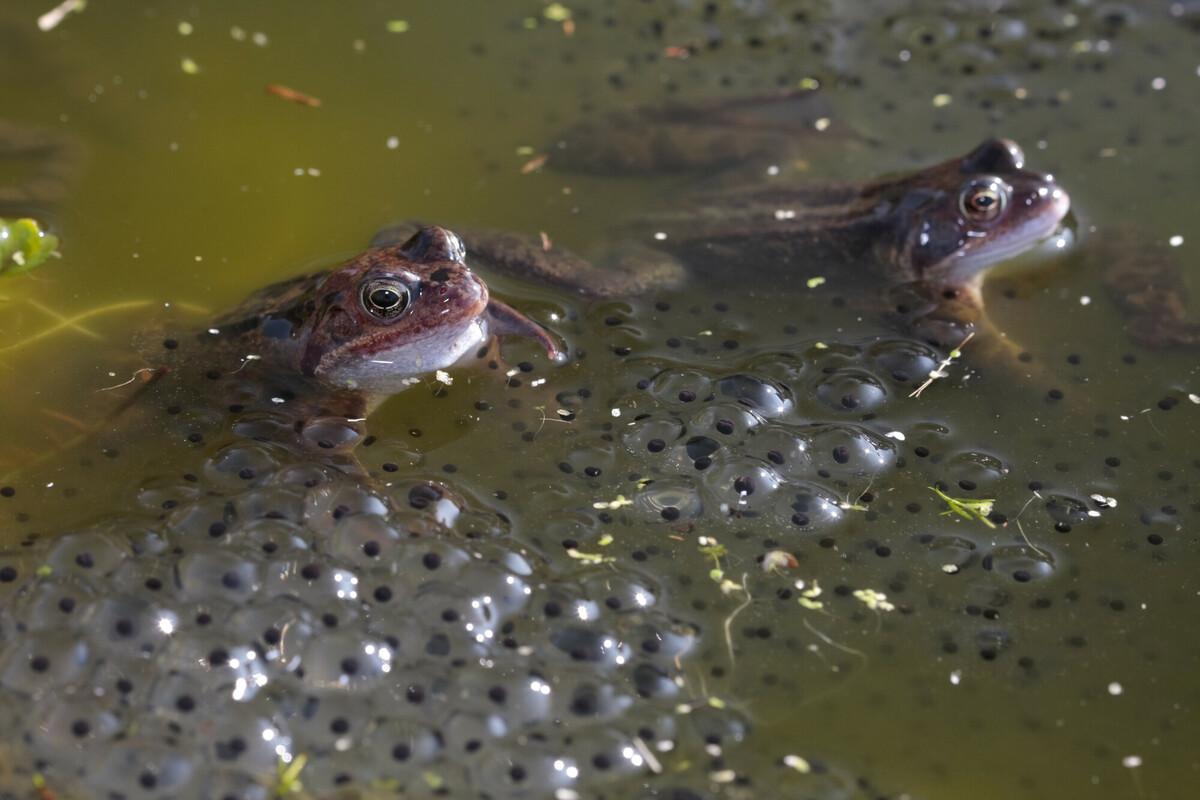
Frog and toad spotting in the Forest
The Heart of England Forest’s population of frogs and toads are at their most visible during spring, however, you may start seeing signs of these amphibians now. We need you to help us by recording spawn findings in the Forest from January until April. This year we are preparing staff, volunteers and Forest visitors early so we can be prepared for when the spawning seasons begins.
Each year the Freshwater Habitats Trust runs a spawn sighting survey. Due to milder winters we have already started collecting data for them.
Now is a great time to spot spawn in our ponds and wetlands. You are also likely to spot amphibians out and about on walks in our woodlands, but be vigilant as they are often well camouflaged and will keep very still unless disturbed. If you spot either frog spawn or toad spawn (or even a fully-grown adult frog or toad) when you visit the Heart of England Forest, let us know by filling in our 2026 frog and toad spawn survey form at the bottom of this page.
By completing our online form below, you are helping us to understand more about where frogs and toads are breeding in the Forest, which waterbodies are the best for each species and where they may need some help. All data will be gathered and sent on to the Freshwater Habitats Trust as part of the PondNet Spawn Survey 2026, therefore also helping to monitor how are amphibians are doing at a national scale.

How to spot the difference
There is a good chance of seeing a common frog and occasionally even a common toad in the back garden, but it is around ponds and pools where they tend to cluster. Walkers on the Heart of England Forest’s Haydon Way Wood or Founder's Walk trails will encounter ponds, so at this time of year it is a good opportunity to look for both adults of these species and their spawn.
Take a look below at our top tips to identifying frogs and toads:
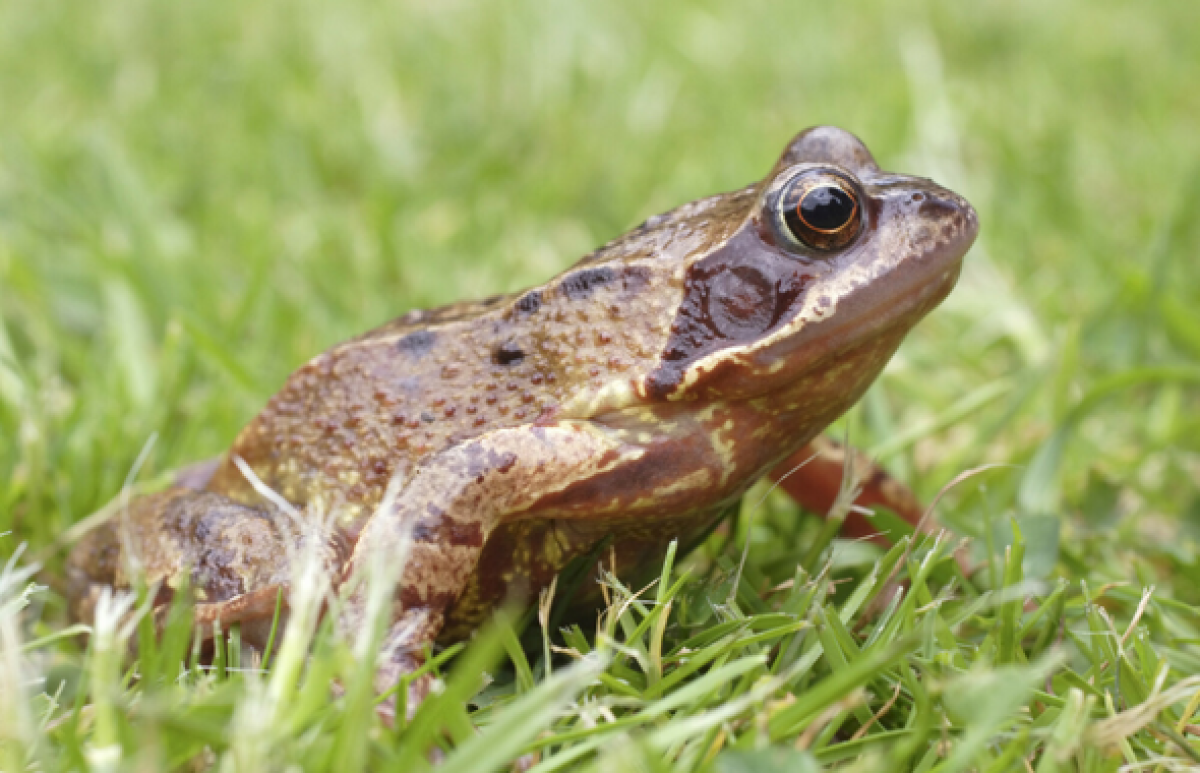
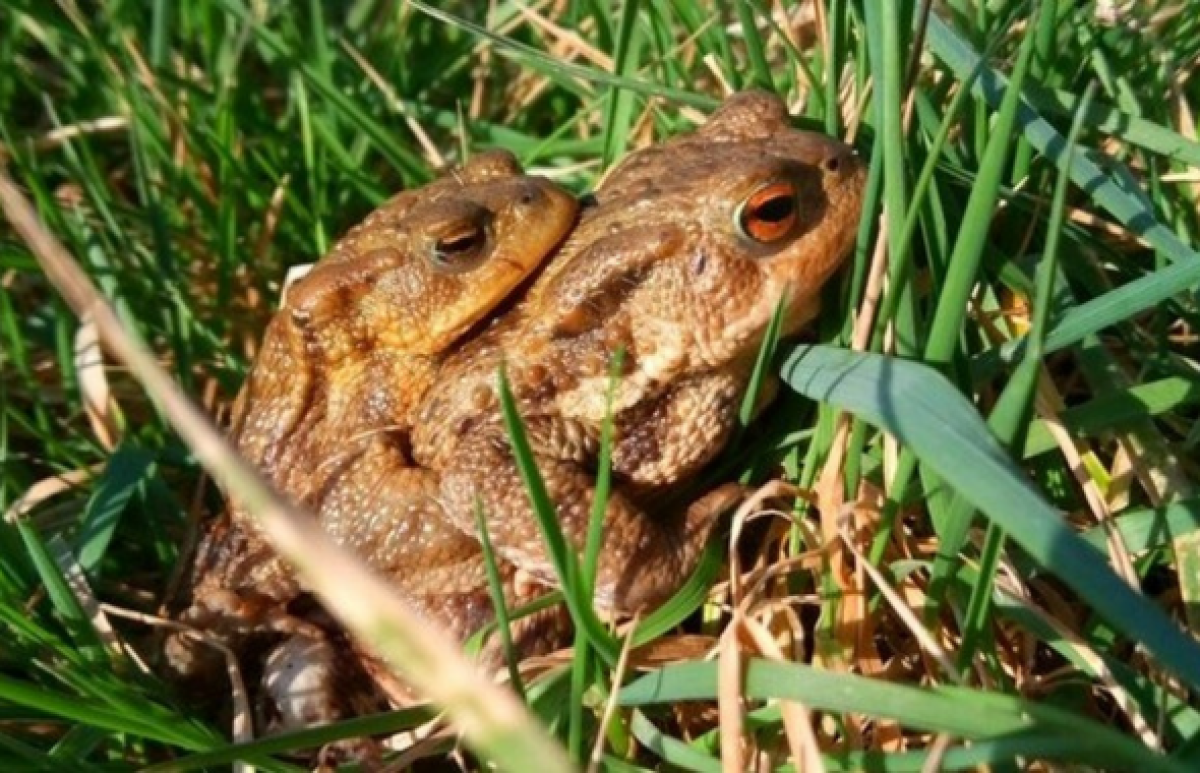
By April, both frog and toad spawn may have hatched into tadpoles. Toad tadpoles remain jet-black and frog tadpoles are mottled greenish-grey with gold speckles. But how do you know whether it is frog spawn or toad spawn you have spotted? Take a look at the difference below:
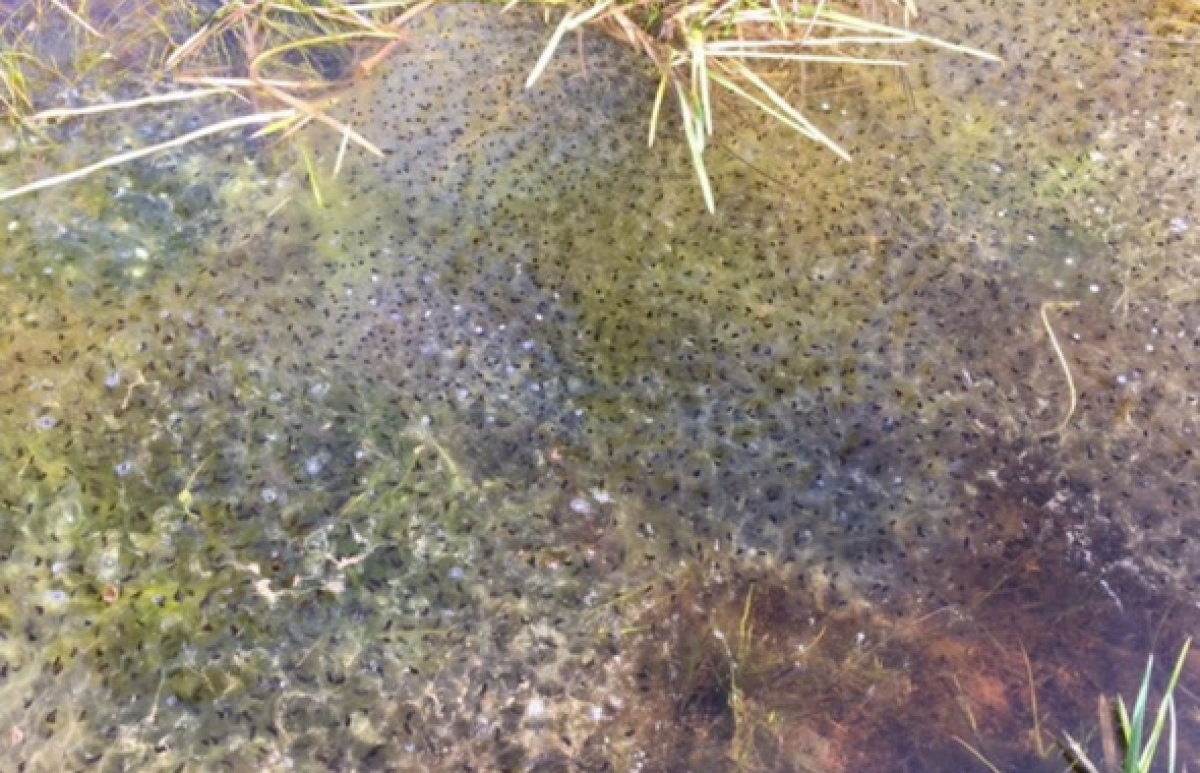
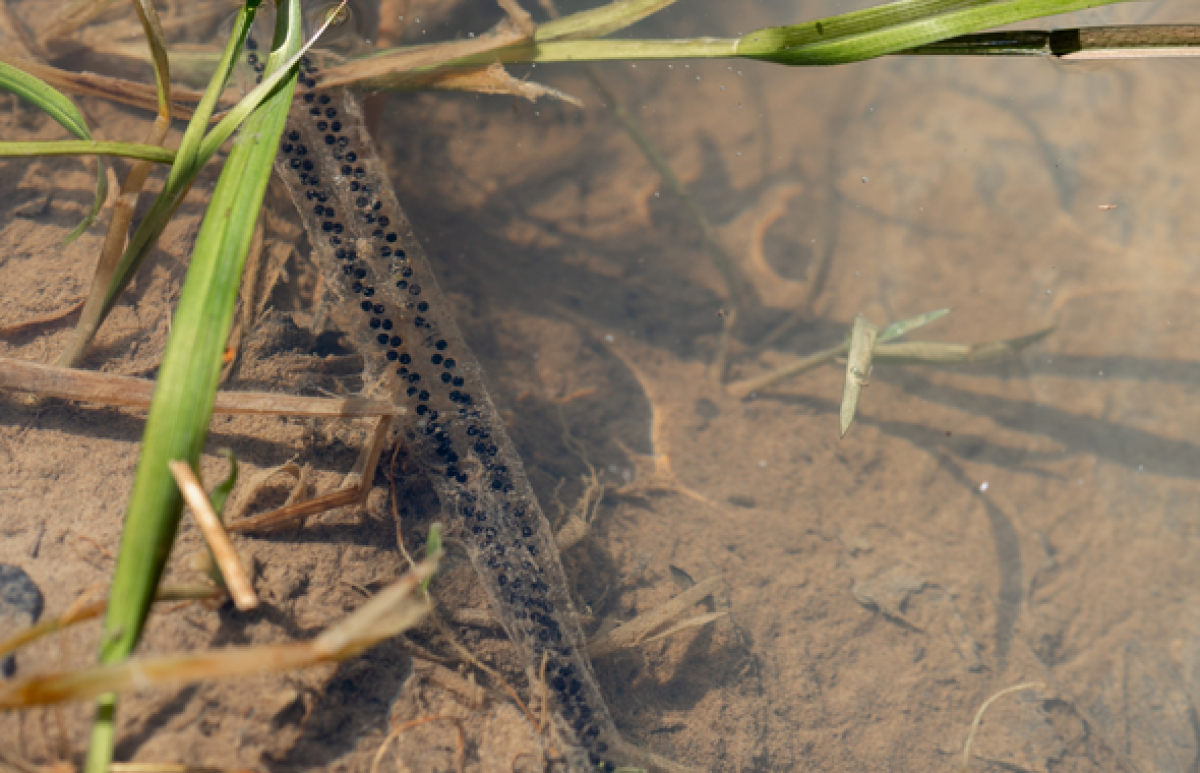
In general, spawn is easier to spot than frogs and toads, as they are very good at staying out of sight, but who knows – you might just be lucky enough to spot one when you visit the Forest! So plan your visit today and get recording!
Submitting your findings
If you spot either frog spawn or toad spawn (or even a fully-grown adult frog or toad) when you visit the Heart of England Forest, let us know by filling in our 2026 frog and toad spawn survey form at the bottom of this page.
If you are walking out and about and would rather jot your findings down on paper first, then download and print off the form below.



